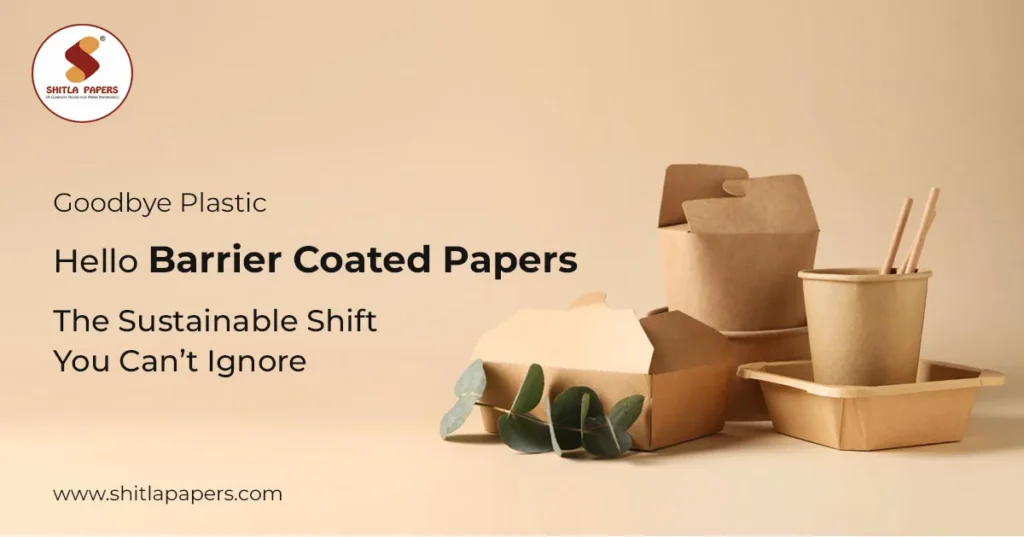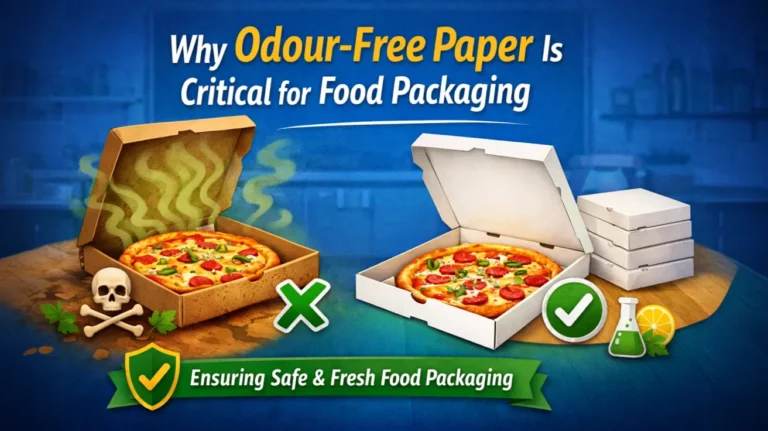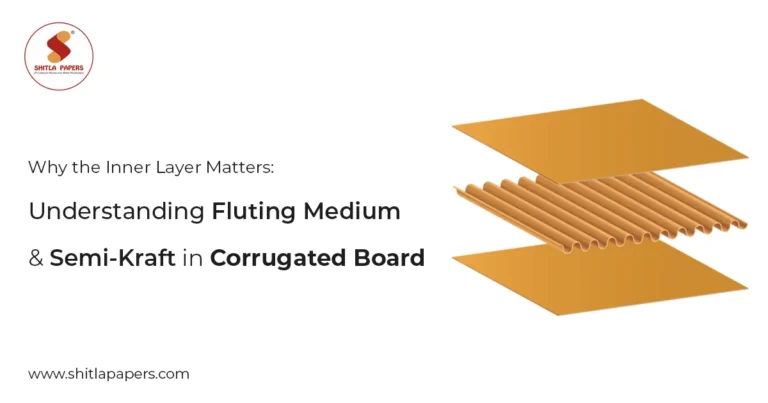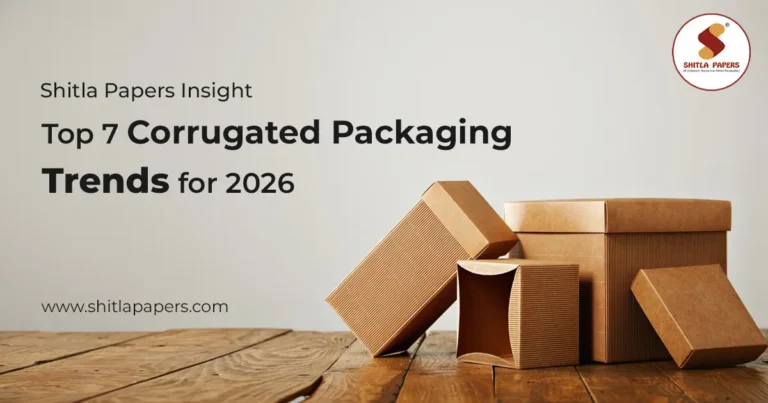For decades, plastic has dominated the realm of packaging — inexpensive, sturdy, and ubiquitous. However, with each plastic bag, container, and wrapper accumulating in landfills and oceans, the world has reached a breaking point. Consumers are speaking up, and brands are being compelled to listen.
Enter our hero of the tale: Barrier Coated Paper — a mighty, earth-friendly solution that’s hardly causing waves but stealthily upending the pack. If you’re in food, FMCG, retail, or manufacturing, it’s the sustainable transition you simply can’t afford to overlook.
Table of Contents
Why Plastic Is Falling Out of Favour
Let’s face it: plastic has overstayed its welcome.
- More than 300 million tons of plastic are manufactured annually, of which only 9% is recycled.
- It takes 500 to 1,000 years to decompose.
- Microplastics have now reached our oceans, atmosphere, and even bloodstream.
This has prompted global prohibitions, regulatory reforms, and an exodus of environmentally aware consumers. Governments worldwide — and India in particular — are now tightening their grip on single-use plastics. Companies that fail to adapt risk not just public outcry but also legal battles and lost revenue.
What Is Barrier Coated Paper?
Barrier coated paper is treated paper that features a thin protective coating to offer resistance to moisture, grease, oxygen, and other factors, like plastic, but with an environmental advantage.
Imagine it as intelligent paper — light, printable, biodegradable, and able to accomplish the same thing as plastic-based films or laminates.
Barrier coatings can be:
- Water-based
- Compostable
- Heat-sealable coating
- Food-grade certified
And indeed, they are perfect for packaging food, beverages, snacks, FMCG items, electronics, cosmetics, and so on.
How Does It Work?
Unlike plastic laminates or films that rest on the surface of paper, barrier coatings are deposited as ultra-thin films that adhere directly to the surface of the paper. Depending on the requirements of the product, the coating delivers:
- Grease Resistance: Suitable for fast food wraps, bakery products, and snack packages.
- Moisture Barrier: Ideal for sugar, salt, coffee, or dry snacks.
- Heat Sealability: Suitable for use in automated sealing machines for food wrappers and pouches.
- Biodegradability: Certain coatings consist of plant-based components and dissolve naturally.
Why Are Brands Switching to Barrier Coated Papers?
1. Sustainability That Sells
- Today’s consumers really do care about the planet — particularly younger consumers. Nearly 73% of millennials report that they’re willing to pay extra for products with sustainable packaging.
- With barrier coated paper, brands don’t have to make a choice between performance and sustainability — they can have both.
2. Staying Ahead of Plastic Bans
- Governments all around the world are prohibiting single-use plastics and imposing tough packaging legislation.
- Barrier coated paper switching keeps brands compliant, penalty-free, and environmentally friendly-sounding without the eleventh-hour rushes.
3. Excellent for Branding
- They print, emboss, or beautifully style — no plastic lamination required.
- Ideal for premium, organic, or handmade items that would like packaging to be as earthy as the brand itself.
4.Compostable and Recyclable
- Most of these documents can be thrown straight into the recycling bin, and some even compost in household waste.
- It’s a simple change with a huge difference — supporting closing the loop and enabling a cleaner, circular economy.
Real-Life Applications
You’ve probably come across barrier coated paper without even noticing it:
- That bakery bag holding your favorite samosa or puff? It soaks up the oil without getting soggy.
- The burger wrap that keeps your snack warm and neat? It resists grease but still feels like natural paper.
- Even tea bag envelopes—they’re coated to lock in freshness and aroma without plastic.
- And those ready-to-eat food trays from supermarkets? They’re sealed for heat and hygiene, all thanks to barrier coatings.
Big brands like Starbucks, Subway, and Whole Foods are already using this smarter packaging. And in India, companies like Ekvee and Shitla Papers are helping bring these eco-friendly solutions to everyday businesses.
Innovation at Its Core: Water-Based & Compostable Coatings
The newest generation of barrier coatings is water-based and plastic-free. Some even have bio-polymers such as PLA (polylactic acid) or starch derivatives that retain strength and are completely compostable.
Shitla Papers, for instance, provides barrier coated paper with WBHSC coating (Water-Based Heat Sealable Compostable) — a next-generation solution for FMCG and food-grade packaging requirements.
This change is no longer experimental — it’s at scale.
The Future Is Now
Barrier coated paper isn’t a fad — it’s a revolution in packaging. One that:
- Reduces plastic waste
- Complies with current standards
- Delivers against performance
- Resonates with consumer values
- Creates brand trust and loyalty
With plastic restrictions tightening and environmental awareness increasing, making the shift to barrier paper isn’t good PR — it’s good business.
Final Thoughts
Sustainability isn’t just a trend anymore — it’s something every business needs to care about. Barrier coated paper is a smart, eco-friendly switch from plastic. Whether you run a small bakery or a big brand, it’s time to rethink packaging and make the shift to something better for people and the planet.





